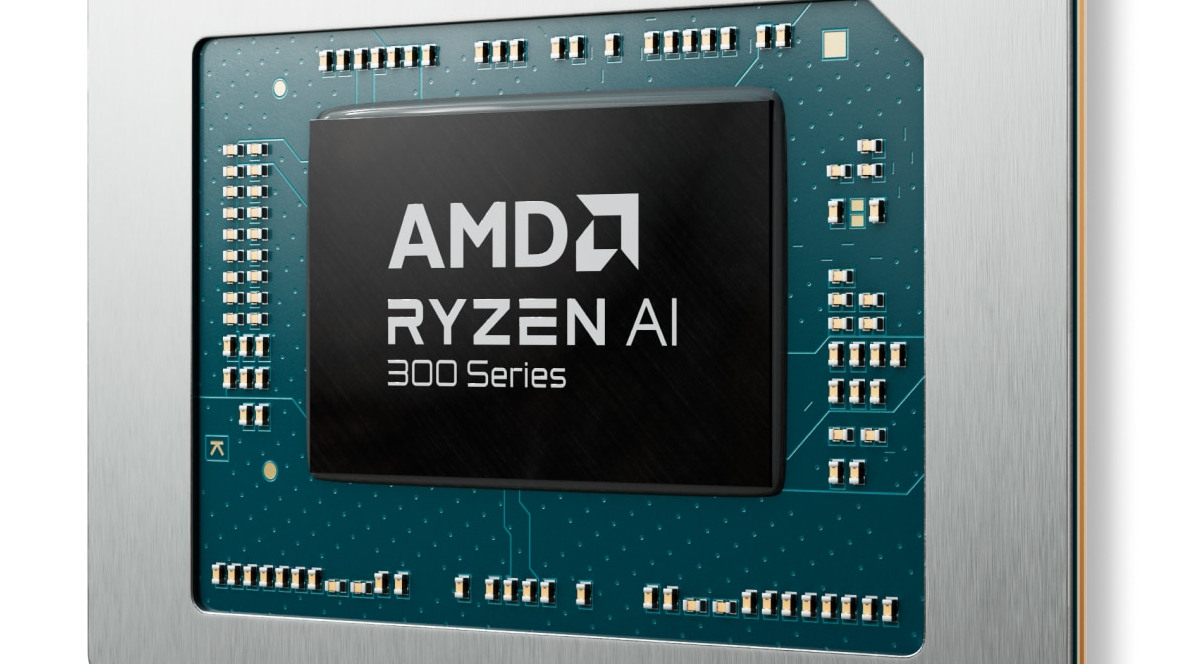
The Ryzen AI 300 series still has a few weeks until its release, but new Geekbench scores bode well for the chips. Two new engineering samples of the Ryzen AI 9 HX 370 APU were found on Geekbench today, reaching scores beating the highest-end Zen 4 mobile processors, and running at their full speed.
The last time Strix Point (AMD's codename for the upcoming Ryzen AI 300 series) was seen in Geekbench leaks, it turned in impressive test scores but was running in Silent Mode. This power-saving meant the chip only reached a core clock of 3.67 GHz, well shy of its recorded boost clock of 4.2 GHz. Today's test scores let the processor fully loose, with two chips hitting 4.5 and 4.8 GHz. The 4.5 GHz chip still holds the outdated "Ryzen AI 9 HX 170" name for the 370, while the other is an unnamed engineering sample.
As in our previous coverage, below is a table of the Ryzen AI 9 HX 370's best result in this latest batch of results (the 4.5 GHz test) compared with the June 7th results, as well as its predecessor, the Ryzen 9 8945HS, and AMD's fastest available mobile processor, the Ryzen 9 7945HX3D.
In just the two weeks between the Silent Mode benchmark and today's results, Strix Point has seen some improvement. Turning off Silent Mode and likely some level of driver optimization and development contributed to an 11% jump in single-core scores and a 4% gain in multi-core. With an expected due date of July 15th, AMD and its OEM partners are likely to continue optimizing performance until better results are unlocked alongside the retail launch of the 300 series.
As expected from a generational leap, the HX 370 soundly beats the 8945HS, giving a 19% increase in single-core performance and a 25% boost in multi-core. This is more in line with the 16% improvement in IPC between Zen 4 and Zen 5 CPU architecture that AMD has been advertising.
More impressively, the Ryzen AI 9 HX 370's single-core results squeezed past the Ryzen 9 7945HX3D, beating its 2,820 score with a 2,833. This is a bit of a shock, considering the 7945HX3D contains AMD's 3D V-Cache technology, which powers AMD's best CPUs for desktops ( for more on 3D V-Cache, see our explainer) and Dragon Range's higher TDP over Strix Point. What's unsurprising is the 7945HX3D's 11% lead in multi-core testing, thanks to its four additional cores.
Geekbench GPU results also popped up today for the integrated graphics within the Ryzen AI 9 HX 370 APU, though the Radeon 880M is named rather than the 890M which is confirmed to be in the HX 370. Results in Geekbench 6's OpenCL and Vulkan tests are in line with what we reported last week on the Radeon chip's early TimeSpy results. With a Vulkan test score of 33,849, the "880M" falls in line with the performance of discrete GPUs like the GTX 1650 Max-Q (34,169) and beats Intel's desktop Arc A380 (31,766).
We would assume that the integrated graphics were listed incorrectly in the Geekbench tests, as the HX 370 has the Radeon 890M inside, but engineering sample weirdness or some other problem could be to blame. The RDNA 3.5-based Radeon 890M GPU has 16 compute units, which allows it to soundly beat its predecessor, the Radeon 780M.
AMD's Strix Point gets better every time we see it. Even with a confusing last-minute name change from the 100-series to 300-series to have a bigger number than Intel, the benchmark results it turns in are good enough to forgive AMD's clout chasing. The Ryzen AI 9 HX 370 will reportedly be released in laptops starting July 15th. And if launch performance is anything like what we're seeing today, it should be a big win for AMD over Intel in the laptop market in both graphics and processing power.







